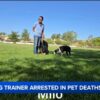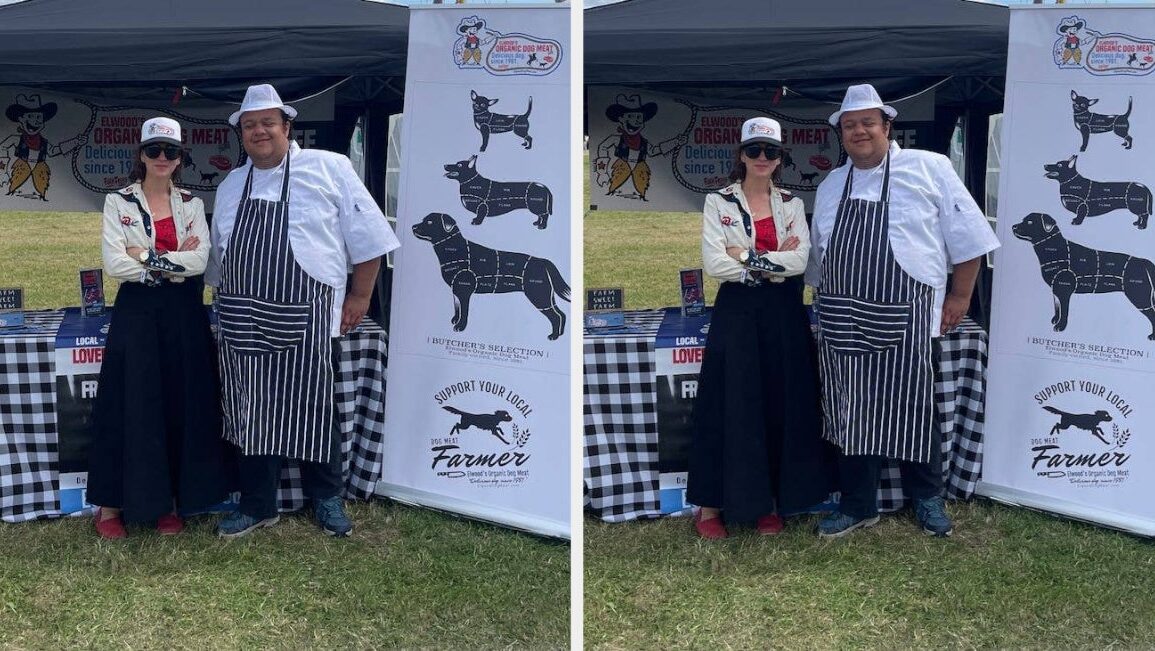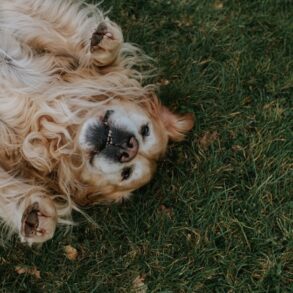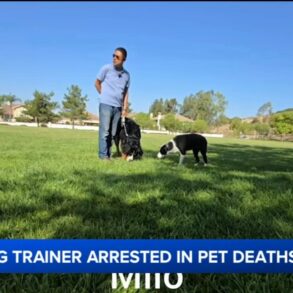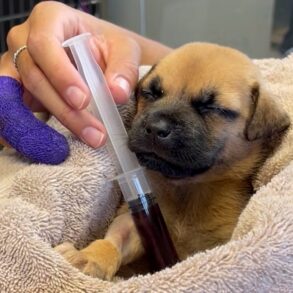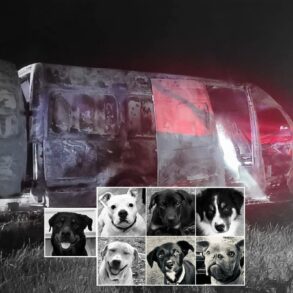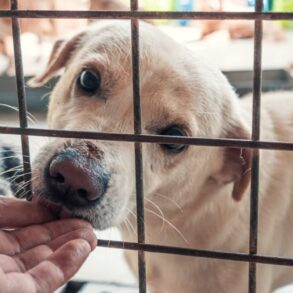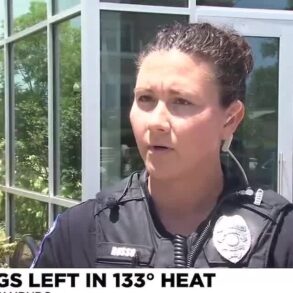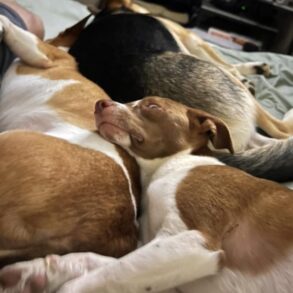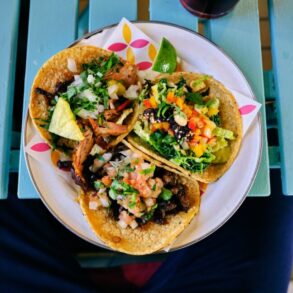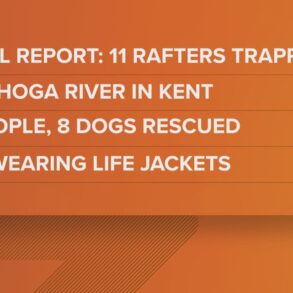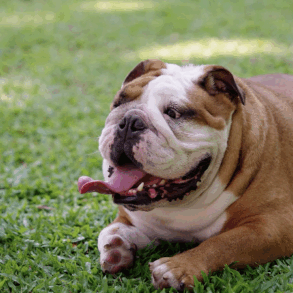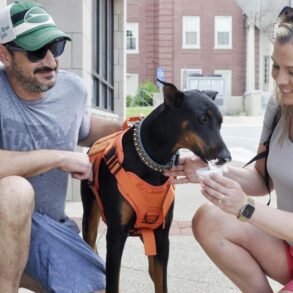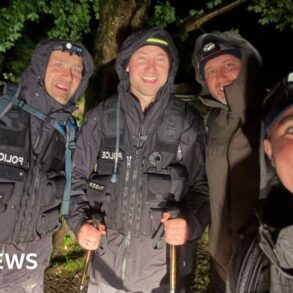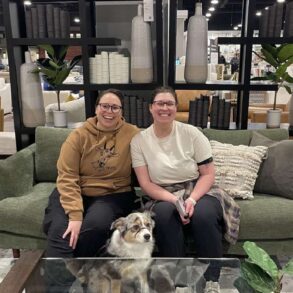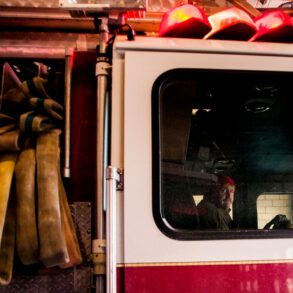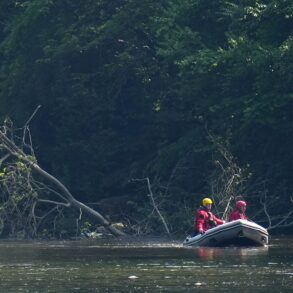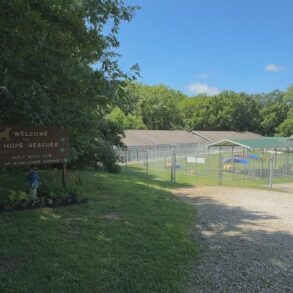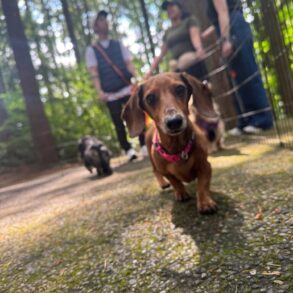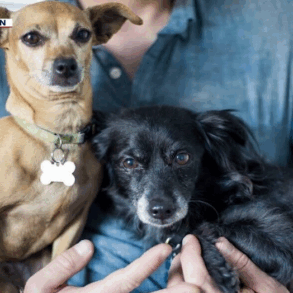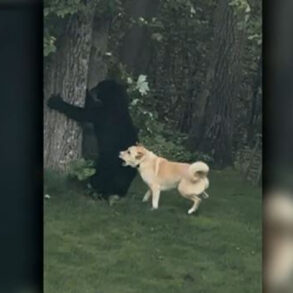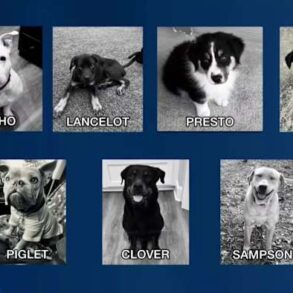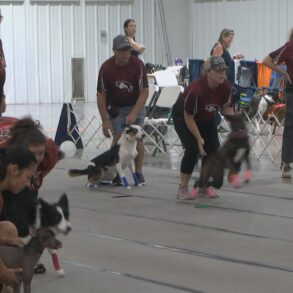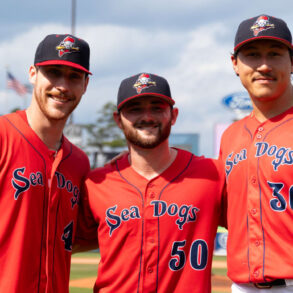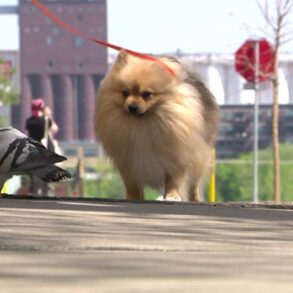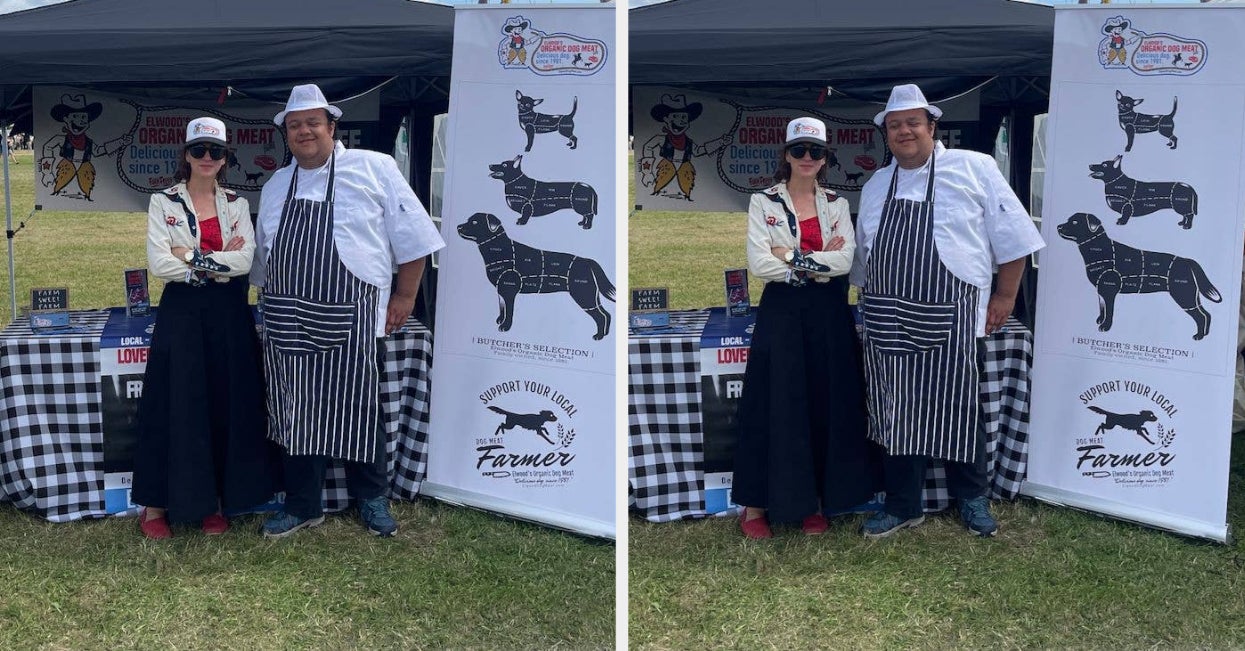
I never imagined I’d farm dog meat.
I grew up in a rural area. By the time I was 6, I was fishing with my family. By 8, I’d started target practice, and by 12, I’d finished a hunter’s safety course in time to get my first deer tag.
I also always loved animals. I rescued mice from traps, birds from cats, and worms from puddles (and couldn’t bear to put them on hooks when I fished). And on that fateful first hunting trip, when the time came to shoot the deer, I couldn’t. I watched through the scope, and she was so pretty in the morning light. I could see her breath and wondered, “Why would I want this moment to end — for myself or for her?” I purposefully waited too long and missed the shot. I never went hunting again.
I wanted a job working with animals. First, I wanted to be a veterinarian, but I couldn’t handle blood. Then, I wanted to be a zoologist or a biologist, but I was bad at math and couldn’t dissect a cat in high school biology. My dad joked that if I could just find a job petting animals, I’d be set.
All this time, despite loving and wanting to work with animals, I ate meat without seeing any problem with it. Eating animals was normal — I mean, our family had an entire meat freezer. Everyone I knew ate meat.
Something that particularly consoled me about my choices was the 2006 BBC documentary about Temple Grandin, “The Woman Who Thinks Like a Cow.” Grandin cites her autism as a capacity that allows her to identify with the experiences of non-human animals. She designs livestock handling facilities (i.e., slaughterhouses) and is renowned for her professed concern about the welfare of animals killed in them. (Today, close to half the cows slaughtered in North America travel through her designs.) I was so grateful that Grandin, who obviously cared about animals as much as I did, was out there ensuring that a cow’s “one bad day” was as smooth, painless, and without fear as possible.
It wasn’t until traveling abroad that I ever truly saw the animals that would end up on my plate: goats tied in front of restaurants, chickens in cages, fish in tanks. I found I was uncomfortable eating dishes that didn’t try to hide the animal involved: knee joints, feet, faces. I drew a crude line between animals that were OK to eat (pigeons) and ones that were not (frogs). One night, in full nihilism, I ate a basket of rabbit legs, prepared like chicken wings. When I did the math about how many bunnies I’d eaten, I felt unsettled.
Eventually, I even tried a bite of dog meat and was surprised. Not only did it taste just like every other animal, but… nothing happened. I’d broken the Western taboo, yet I didn’t feel any differently having eaten a dog than I had eating anything else.
But suddenly eating all animals felt different. I went vegetarian soon after returning home. I joked to my friends, “I’ve eaten all the animals. I’m done.”
Later, I discovered the animal welfare labels on eggs and dairy. I didn’t really know what “free-range,” “cage-free,” or “organic” really meant, but it seemed kinder. So I found The Egg Brand and The Milk Brand that made me feel good and bought those. One day, though, my free-range, small-farm, big-pastures, certified humane brown eggs (with the picture of a girl hugging a chicken) were sold out. I stood in front of the egg case, flummoxed.
Do I just not buy eggs? I wondered.
And I didn’t. I went home and made toast for breakfast. Soon after, I saw a video of male chicks in the egg industry going into a macerator. I spent all night googling why vegans don’t eat eggs or drink milk and, at age 33, I learned cows weren’t these magical creatures who just made too much milk. I learned they had to be pregnant and have a baby to produce milk.
So I went vegan. I didn’t expect it to stick — or want it to. I half-hoped it would be too hard, that the social pressures would be too much. But here we are, 8 1/2 years later, and I’m still vegan. And I’m finally working with animals.
Kind of.
In the summer of 2021, I started that dog meat farm I mentioned.
Elwood’s Organic Dog Meat is a satirical, small family farm that raises dogs for meat. I have a website and social media accounts, as well as flyers, business cards, and other materials to download. Vegans spread the word passively, leaving farm materials on bulletin boards, in cafés, and anywhere these materials may pique curiosity. Some host (mock) dog meat tastings (these have happened now around the world), and volunteers have created hyper-local dog meat farms in eight countries and counting (also all fake).
We market our dog meat products as local, organic, free-range, and humanely raised. Much of the content is drawn, word-for-word, from the websites and promotional materials of actual, similar farms — similar, but for the fact that they raise chickens, pigs and cows, for food, instead of dogs. Like those farms, our images are bucolic— rolling hills, golden-hour light, and happy animals frolicking. But, in our materials, the farmed animals are dogs.
This post was originally published on this site be sure to check out more of their content.



